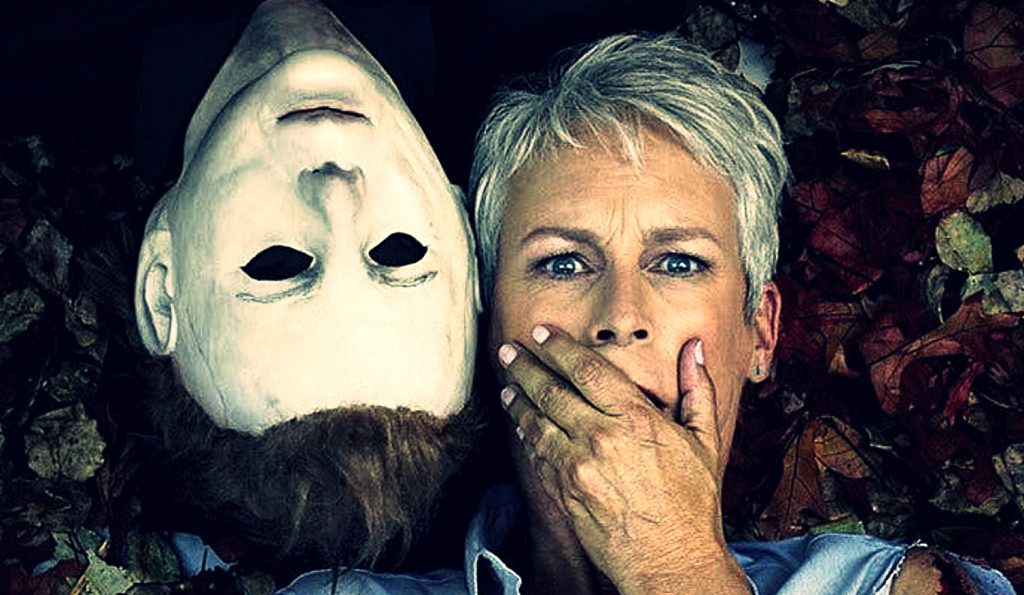|
Today we have a guest post from friend of the blog Samuel Maleski, you can read more of his work at downtime2017.wordpress.com and find him on twitter at @LookingForTelos . It's a really interesting look at the Halloween movies, and I'm lucky I get to share it here. Enjoy! Halloween, Triumphant: |
James Wylder
Poet, Playwright, Game Designer, Writer, Freelancer for hire. Archives
October 2023
Categories
All
|

 RSS Feed
RSS Feed